When buying or selling an accounting or physical therapy practice, understanding how to determine the various components of the business’s value is essential. One of the most significant yet nuanced aspects of valuation is goodwill.
4 min read
How To Determine Goodwill in a Business Acquisition
By Private Practice Transitions on Dec 10, 2025 6:39:54 AM
4 min read
LBO vs. DCF: Understanding the Two Valuation Methods
By Private Practice Transitions on Nov 17, 2025 2:25:17 PM
If you’re considering purchasing a physical therapy or accounting practice, accurately valuing your target business is a vital step. The right valuation method can help you avoid overpaying and ensure your investment is financially sound and aligned with your goals.
4 min read
How To Get Your Private Practice Ready To Sell
By Private Practice Transitions on Oct 16, 2025 9:23:08 AM
The process of selling an accounting practice is not something that owners should jump into on a whim, as it requires plenty of preparation and careful consideration.
4 min read
What To Know About Churn Following an Acquisition
By Private Practice Transitions on Oct 9, 2025 1:08:40 PM
After completing the acquisition of a physical therapy or accounting practice, you likely feel excited about your opportunities for growth. However, it’s easy to overlook the potential for customer churn during this transition. Discover what to know about churn following an acquisition and how you can avoid it.
4 min read
Considerations When Selling a Physical Therapy Practice
By Private Practice Transitions on Oct 7, 2025 11:10:28 AM
When a physical therapist decides to sell their practice, it can be one of the most significant decisions they will make in their career. This makes it critical to look at aspects that can affect both the selling process and their levels of post-sale satisfaction.
4 min read
The Characteristics of a Good Accounting Firm Owner
By Private Practice Transitions on Oct 7, 2025 11:08:33 AM
When buyers look at accounting practices, they often focus on the firm’s financial health. However, they should also consider the qualities of its current owner. The characteristics of the person steering the ship can dictate the company’s culture, client relationships, and overall success.
4 min read
Is One Times Gross a Good Way To Value a Business?
By Private Practice Transitions on Sep 17, 2025 10:10:44 AM
When a person decides to sell or purchase a practice, one of the most critical steps they must take is to perform a valuation of the business. Owners and buyers have many methods to choose from, including the one times gross method.
4 min read
Impact of EBITDA Multiples on Private Practice Owners
By Private Practice Transitions on Sep 4, 2025 7:58:58 AM
Many factors can affect the value of your practice, but one you should not overlook is your EBITDA multiple. This number can attract buyers and influence how others see your business, making it critical to keep in mind as you plan your exit strategy. This blog will take a closer look at EBITDA multiples and the impacts they can have on private practice owners.
4 min read
Private Equity’s Entrance and Impact Within the Accounting Sector
By Private Practice Transitions on Sep 2, 2025 6:29:09 AM
Accountants may picture themselves selling their business to someone less experienced in the industry when they feel ready to sell. Or they may think they will end up selling it to the owner of another accounting firm who is hoping to expand their customer reach.
4 min read
Questions To Ask an Owner Before Buying Their Business
By Private Practice Transitions on Aug 26, 2025 7:58:19 AM
Purchasing an existing practice can be a pivotal moment in your professional career, offering you the opportunity to build upon an established foundation. However, before you put your name on a contract’s dotted line, it’s critical to carry out due diligence and ensure you’re fully informed about the practice you’re about to acquire. Our top questions to ask an owner before buying their business can help uncover the details that matter most and secure your chance of long-term success.
4 min read
Benefits and Limitations of Business Valuation Calculators
By Private Practice Transitions on Aug 8, 2025 9:46:29 AM
Business valuation calculators have become popular tools for business owners planning to sell their practices. However, while these online platforms promise simplicity, they have certain limitations that you should be aware of.
4 min read
When Is It a Good Idea To Buy Multiple Practices?
By Private Practice Transitions on Aug 5, 2025 9:53:34 AM
The decision to expand your accounting or physical therapy business into multiple practices can offer you substantial opportunities, including increasing your client base and profits. However, it’s not something you should undertake without serious consideration. The choice requires in-depth analysis and meticulous planning. Whether you’re looking to expand your organization’s footprint or enhance the services you provide, read on to learn when it is a good idea to buy multiple practices.
4 min read
7 Mistakes When Selling a Business Without a Broker
By Private Practice Transitions on Aug 5, 2025 9:51:43 AM
When the owner of an accounting or physical therapy practice decides to sell their business, they may consider doing it themselves, without the assistance of a broker. Although this approach might help you avoid paying an expert’s fees, it carries immense risks.
4 min read
The Benefits of Not Undercharging for Your Services
By Private Practice Transitions on Aug 3, 2025 12:15:00 AM
Pricing is one of the most critical elements of a successful practice. Your rates represent the value of your expertise and services. Pricing can also determine whether your practice thrives or struggles in a competitive market.
4 min read
Breaking Down the SBA’s New Rules for Rollover Equity
By Private Practice Transitions on Jul 3, 2025 8:07:22 AM
You may decide to keep a percentage of ownership in your private practice after selling it. Additionally, your buyer may decide to seek a loan from the Small Business Administration (SBA). However, the SBA recently revised its SOP 50 10 8 rules regarding rollover equity, which impacts buyers, sellers, and investors alike.
4 min read
Understanding the Income Approach to Business Valuation
By Private Practice Transitions on Jun 26, 2025 9:22:33 AM
An important step in selling private practices is the valuation process, where owners receive a methodical evaluation of their financial potential. One of the most widely used methods in business valuation is the income approach. Read on to gain a better understanding of the income approach to business valuation. Explore what it determines, how people calculate it, and some of its advantages and disadvantages.
4 min read
Should You Get Prequalified To Buy a Practice?
By Private Practice Transitions on Jun 24, 2025 8:53:36 AM
In the market for purchasing a private practice? Among the many considerations, do not disregard prequalification. Prequalification makes a difference in securing the right business, managing the financial aspects of the exchange, and demonstrating your credibility as a buyer. This blog explains what prequalification is and answers the question: Should you get prequalified to buy a practice?
4 min read
How To Find Profitable Accounting Businesses To Buy
By Private Practice Transitions on Jun 20, 2025 7:51:07 AM
Purchasing an accounting practice can be a significant step for anyone wanting to grow their CPA career or business. You may enjoy extensive professional opportunities if you acquire a profitable one, from a reliable client base to a steady income stream.
4 min read
What Are the Methods of Valuing a Physical Therapy Practice?
By Private Practice Transitions on Jun 19, 2025 12:30:00 AM
After operating a physical therapy practice for many years, you may find yourself ready to move on and sell your business to another practitioner. However, there are many steps that must be taken first, which include determining the value of your business.
4 min read
How To Prepare Your Practice for Selling
By Private Practice Transitions on May 16, 2025 6:02:15 AM
When people think about selling their private practice, they may picture a simple procedure that involves putting it on the market and evaluating buyers’ bids. On the contrary, this process demands foresight, preparation, and strategic decision-making that influences your personal legacy, client relationships, and future security.
4 min read
Considering Turnover When Buying a Business
By Private Practice Transitions on May 2, 2025 8:01:54 AM
If you’re considering buying a private practice, you must look at every detail of the business to decide whether you should acquire it or move on. One of the most critical aspects to look at is whether the practice has a high employee turnover rate.
4 min read
The Impact of Client Quality on Selling a CPA Firm
By Private Practice Transitions on May 2, 2025 7:59:50 AM
When you get ready to sell your certified public accounting (CPA) firm, multiple aspects of your practice can affect the process. Although you may focus on profitability and reputation, you should not overlook the caliber of your client base, which can influence the sale price, buyer interest, and the timeline of any transaction.
4 min read
A Complete Checklist for Selling a Healthcare Practice
By Private Practice Transitions on Apr 28, 2025 7:48:06 AM
Selling your healthcare practice can be an emotional and challenging process. However, with clear steps and proper planning, you can secure a beneficial outcome for everyone involved. Review this complete checklist for selling a healthcare practice to ensure a successful sale.
4 min read
Negotiation Tips for Selling a Private Practice
By Private Practice Transitions on Apr 23, 2025 2:02:18 PM
Selling a private practice is a significant milestone for any owner. Whether you’re transitioning to retirement or pursuing new opportunities, the process of selling your practice requires thorough preparation and strong negotiation skills.
Topics: Blog
5 min read
The Importance of Reputation When Selling a Private Practice
By Private Practice Transitions on Apr 17, 2025 9:38:16 AM
There are many things that impact the process of selling a private accounting practice, including its reputation. No matter how well you think you provide clients with service, it is important to keep a close eye on your business’s public perception, as it is one of several factors that can shape its value in the eyes of prospective buyers. Read on to learn about the importance of reputation when selling a private practice and how to strengthen it before you sell.
4 min read
The Importance of Accurate Documentation When Selling a Business
By Private Practice Transitions on Apr 17, 2025 9:22:18 AM
When a business owner decides to sell their private practice, it can represent a significant milestone after years of dedication and growth. However, preparation is critical to maximize the sale's success, particularly when it comes to documentation. Thoughtful and well-organized documentation can help you establish trust with your future buyer(s) and build a solid foundation for negotiations.
4 min read
What To Know About Firms With Negative Valuations
By Private Practice Transitions on Mar 18, 2025 7:59:19 AM
Navigating firms with negative valuations is a challenge for everyone involved—whether you’re an investor or the owner of a private practice. This scenario prompts questions about what drives a valuation into the negative and what implications it may hold for the business’s future and potential buyers considering the acquisition.
Topics: Blog
4 min read
Dos and Don’ts for Transition and Succession Planning
By Private Practice Transitions on Mar 14, 2025 8:57:33 AM
Planning for your private practice’s future is a practical and emotional undertaking. A well-thought-out transition and succession plan is essential, whether you’re gearing up to retire, need a change due to unforeseen circumstances, or are simply ready to explore a new chapter of your life. You need this plan to protect your legacy and assets. This process is more than just a simple handover, of course. It’s about ensuring continuity of service, possibly retaining staff, and handing off a practice that remains profitable and respected. Following best practices and avoiding common mistakes saves time, stress, and money while setting up the successor for success.
4 min read
Dos and Don’ts When Working With a Business Broker
By Private Practice Transitions on Feb 26, 2025 7:46:08 AM
Selling a private practice is not a small venture. It requires careful planning and expertise to guarantee a fair price and positive experience for all involved. For this reason, many private practice owners choose to work with a certified business broker to simplify the process and maximize the results. However, even with a broker on your team, it’s important to understand how the process works, and what the broker can and can’t do.
5 min read
All About the 4 Standards of Value in Business Valuation
By Private Practice Transitions on Feb 21, 2025 11:14:59 AM
What is your business worth? In terms of personal value, it’s most likely priceless according to you. Nevertheless, if you plan to sell your business, merge it with another company, or prepare for retirement or a career change, it’s worth knowing what the business’s true value is to a buyer.
5 min read
Should You Accept the First Offer To Buy Your Practice?
By Private Practice Transitions on Feb 13, 2025 8:07:31 AM
Preparing to sell a professional practice you’ve maintained for years is a significant milestone, and receiving an offer can be exciting. However, before you sign any contracts, ask yourself if it’s wise to accept the first offer right away. While it’s tempting to close the deal quickly—and the initial offer may indeed be the best you’ll receive—it’s crucial to step back and evaluate the broader implications of the sale. If you’re wondering whether you should accept the first offer to buy your practice, this guide will help you explore the pros and cons and important factors to consider.
5 min read
What To Know About the Buyer’s Assumption of Risk
By Private Practice Transitions on Feb 13, 2025 8:01:33 AM
Selling a private practice is an exciting but complex process, especially when it comes to the buyer’s assumption of risk. Understanding this risk safeguards what you’ve built while laying the foundation for a seamless transition. Whatever type of professional service you’re selling, knowing the risks the buyer assumes and your obligations can enhance the success of the sale.
4 min read
Overcoming 8 Obstacles to Selling Your Private Practice
By Private Practice Transitions on Feb 13, 2025 7:58:24 AM
Selling a private practice is a huge task filled with emotional considerations, financial complexities, and logistical hurdles. A business represents years of hard work, dedication, and passion, making the prospect and process of selling a challenge. However, with the right strategies and mindset, you can overcome common obstacles and easily transition to the next chapter of your life. Here’s a basic guide to overcoming eight obstacles to selling your private practice. Knowing the value of your practice, finding the right buyer, and preparing your practice for sale will expedite the process and support your goals.
5 min read
The Importance of Recurring Revenue in Valuing a Business
By Private Practice Transitions on Jan 21, 2025 10:58:18 AM
Recurring revenue is an important factor when understanding the value of a business. Getting more insight into how recurring revenue impacts the valuation of your business, or practice, can help you make smart decisions, attract new investors, and maintain a steady track for long-term growth.
4 min read
How To Write a Practice Continuation Agreement
By Private Practice Transitions on Jan 21, 2025 10:54:40 AM
Nobody wants to deal with uncertainty when they’re managing a small business or practice. From unexpected illnesses to sudden departures, any number of situations can threaten the continuity of your operations.
4 min read
Benefits of Owning Your Own Accounting Practice
By Private Practice Transitions on Jan 2, 2025 9:23:54 AM
Maintaining any business requires significant work and careful consideration, and running your own accounting practice isn’t any different. However, owning an accounting practice offers several advantages that other types of businesses may not provide.
4 min read
A Complete Guide to Book Value vs. Fair Market Value
By Private Practice Transitions on Dec 6, 2024 1:12:15 PM
Determining the overall value of your practice is more than just an exercise in crunching numbers. It plays an important role in strategic decision-making, especially when it comes to selling or merging. When practice owners consider the worth of their businesses, the two main factors that often come into play are book value and fair market value. While the differences in these two factors can be a bit nuanced, Private Practice Transitions’ complete guide to book value versus fair market value can help you navigate them.
4 min read
10 Strategies for Reducing Owner Dependence
By Private Practice Transitions on Dec 2, 2024 7:19:44 AM
Running a successful private practice demands dedication, expertise, and a significant amount of personal involvement. However, practice owners must eventually learn to delegate so that they aren’t trying to tackle every aspect of the practice on their own. Failing to let others take the reins can limit the success of your business when you’re not around, so you want to make sure people can stand in your place to run things smoothly while you’re out of the office. Private Practice Transitions is here to help by offering effective strategies for reducing owner dependence that allow you to keep things running by putting your faith and skills in others.
4 min read
Common Reasons Why Private Practice Owners Sell
By Private Practice Transitions on Nov 7, 2024 5:40:50 AM
Every private practice owner has their reasons for why they may want to sell and hand the reins over to someone else. For many, this reason is deeply personal and requires a lot of forethought and planning. Understanding the most common reasons why private practice owners sell can give you an idea of how you may need to adjust your own plans.
4 min read
Questions You Should Ask a Potential Business Broker
By Private Practice Transitions on Nov 6, 2024 7:59:27 AM
Buying or selling a practice is an important decision that comes with a lot of questions. Seeking out the aid and advice of a professional business broker helps many entrepreneurs avoid common pitfalls and come across a good deal.
Topics: Blog
4 min read
6 Risks of Starting Your Own Private Practice
By Private Practice Transitions on Oct 21, 2024 8:20:43 AM
There are many possibilities for young entrepreneurs who want to start their own private practice. Certified Public Accountants (CPAs) can be their own bosses, set their hours, and build something special from the ground up.
5 min read
Questions To Ask Before Buying a Physical Therapy Practice
By Private Practice Transitions on Oct 18, 2024 11:37:32 AM
Investing in a physical therapy practice can be an excellent opportunity for healthcare investors. However, knowing which questions to ask before buying a physical therapy practice can make a world of difference. Private Practice Transitions is here to help you determine the information you need to partner with a seller who can match your specific needs.
5 min read
Can You Buy or Sell a Closed Private Practice?
By Private Practice Transitions on Oct 14, 2024 10:38:30 AM
The world of buying and selling practices is in constant flux. Whether it’s due to owner retirement, personal reasons, or economic challenges, private practices sometimes close their doors. For current practice owners and potential buyers alike, the question arises: “Can you buy or sell a closed private practice?” Private Practice Transitions is here to explain the basics and go over some reasons why this could be the right move for you.
4 min read
Key Insights from the 2023 National MAP Survey on Accounting Trends
By Private Practice Transitions on Oct 8, 2024 10:00:00 AM
The accounting profession is witnessing significant shifts, driven by technology, workforce dynamics, and evolving market demands. The 2023 National MAP (Management of an Accounting Practice) Survey provides a comprehensive overview of these changes, offering valuable insights into how firms are adapting to the current landscape.
Topics: Accounting
4 min read
List Price vs. Selling Price for a Private Practice
By Private Practice Transitions on Sep 24, 2024 7:57:51 AM
When selling your private practice, determining the right price isn’t always a straightforward and simple process. You need to carefully consider your list price versus the selling price and see how they can affect the deal. Private Practice Transitions is here to explain the difference between these figures, go over what factors may influence them, and help you understand how to get the best possible sale price when closing a deal.
Topics: Blog
4 min read
Group vs. Solo Practice: Which One Is Right for You?
By Private Practice Transitions on Sep 24, 2024 7:46:20 AM
There are many important factors to consider when running your own clinic. You often need to look at what’s best for your patients and what works better for the clinic, your staff, and even yourself. One thing that can often help with running a clinic is turning it from a one-person show into a group effort.
Topics: Blog
1 min read
How Private Equity Is Changing the M&A Landscape
By Private Practice Transitions on Sep 11, 2024 12:09:05 PM
Private equity is a major force in the mergers and acquisitions (M&A) landscape, especially over the past few years. For private practice and business owners, understanding the effects of private equity on this domain is beneficial for strategic planning and growth. Private Practice Transitions is here to showcase how private equity is changing the M&A landscape and what you might be able to do about it.
2 min read
4 Types of Acquisition Agreements for Private Practices
By Private Practice Transitions on Sep 11, 2024 12:06:02 PM
Navigating the acquisition process is an important part of the process for both sides when buying or selling a company. Private Practice Transitions is here to sort things out by explaining four types of acquisition agreements for private practices. These methods are beneficial to the buyer and seller and can explain the transfer of power from one side to another.
2 min read
The Role of a Non-Compete & Non-Solicitation Agreements in a Business Sale
By Private Practice Transitions on Aug 2, 2024 9:19:41 AM
There may come a time when you’re ready to sell your practice and move on to your next big adventure. While there’s a lot of important paperwork to consider for any big sale, the non-compete and non-solicitation agreements are vital. Understanding the role of a non-compete and non-solicitation in a business sale is crucial as these agreements protect the buyer and seller’s interests.
2 min read
Can You Stay On After Selling Your Business?
By Private Practice Transitions on Aug 2, 2024 9:01:55 AM
There are many good reasons to sell your private practice. However, we know that the thought of completely walking away from the profession is not for everybody. You may be wondering if you can stay on after selling your business. Oftentimes, you will be strongly encouraged to do so, even if you’re no longer running the show.
4 min read
Everything You Should Know About Business Credit Scores
By Private Practice Transitions on Jul 2, 2024 11:20:51 AM
We often hear about business credit scores, but how much do we really know about them? For small business owners and entrepreneurs, understanding this financial data can be the key to unlocking growth opportunities. Whether you’re seeking financing, negotiating better terms with suppliers, or simply building a strong financial reputation, your business credit score plays a crucial role. Private Practice Transitions is here to discuss everything you should know about business credit scores, from what they are to why they’re important. We’ll also share some helpful tips on how you can raise yours over the years.
2 min read
What’s the Best Time of Year To Sell a Private Practice?
By Private Practice Transitions on Jun 6, 2024 12:08:26 PM
Selling a private practice requires careful planning and timing, and understanding the best time of year to sell can make a substantial difference in the outcome. What is the best time of year to sell a private practice? Private Practice Transitions is here with helpful advice.
Topics: Blog
2 min read
Metrics To Look at When Buying an Accounting Firm
By Private Practice Transitions on May 23, 2024 10:45:23 AM
There are many good reasons to consider purchasing an accounting firm. However, you want to consider several different factors when figuring out if a company is right for you. Obviously, market factors point to buying when a company is doing well, but there are many other metrics to look at when buying an accounting firm that you should pay attention to.
4 min read
How To Transfer the Lease When Selling a Business
By Private Practice Transitions on May 10, 2024 10:01:38 AM
For entrepreneurs and small business owners, the moment arrives when a company changes hands or grows into new horizons. Transferring a lease is central to this shift when the business has a physical premises. This often-overlooked aspect of the business sale can lead you smoothly into the next chapter or become a legal riptide where many falter.
Topics: Blog
2 min read
What's The Impact of Inflation on Business Sale Price?
By Private Practice Transitions on May 9, 2024 5:55:37 AM
Just the word inflation can send a shiver down the spine of business owners, especially if they're considering selling or buying a private practice. But how does inflation impact the sale price of a business? We tackle that question and more in our guide below.
Topics: Blog
2 min read
Exit Strategy Tips for Private Practice Owners
By Private Practice Transitions on Apr 23, 2024 11:39:53 AM
For private practice owners and entrepreneurs, the transition out of their business is a crucial chapter that requires careful planning and strategic thinking. To ensure a smooth and satisfactory exit, it's vital to lay the groundwork early on and address key aspects that will impact the transition. Below, we offer some useful exit strategy tips for private practice owners considering selling and retirement.
Topics: Blog
2 min read
4 Questions To Ask a Potential Business Buyer
By Private Practice Transitions on Apr 8, 2024 9:22:35 AM
Selling your business is a significant decision that can shape the future of your professional life, and asking the right questions when negotiating with potential buyers is crucial. It’s your chance to ensure that your legacy lives on in capable hands and that your vision for the business continues in ways that align with your values and the company’s culture.
Topics: Blog
4 min read
5 Reasons To Consider Working in Private Practice
By Private Practice Transitions on Mar 29, 2024 8:42:38 AM
Professionals across various fields are increasingly drawn to private practice’s promises of freedom and fulfillment. Private practices—wherein one operates independently, creating procedures, policies, and personal brand —have seeded fertile ground for a blossoming entrepreneur breed within various sectors.
Topics: Blog
1 min read
What To Look for When Buying a Physical Therapy Practice
By Private Practice Transitions on Mar 25, 2024 8:22:33 AM
Physical therapy is one of the most attractive sectors in healthcare today, with more people enlisting the help of physical therapists than ever before. If you’re interested in joining the growing market by buying a physical therapy practice, we’ll explain what you should look for.
2 min read
Opinion of Value vs. Appraisal: What’s the Difference?
By Private Practice Transitions on Mar 13, 2024 12:18:55 PM
Gauging the worth of your business is an important yet frequently misunderstood exercise. The comprehension of value and appraisal can influence crucial business decisions, such as selling your practice, acquiring another, or steering your current enterprise in a profitable direction.
2 min read
5 Signs It's Time To Sell Your Private Practice
By Private Practice Transitions on Mar 12, 2024 7:37:54 AM
One of small-business and private-practice owners' most common questions is about when to sell. It's difficult to tell the right time, as it depends on the market, the business's productivity, and the owner's personality. Below, we'll explain some key signs it's time to sell your private practice if you're an owner.
4 min read
Avoid These Mistakes When Selling an Accounting Firm
By Private Practice Transitions on Mar 8, 2024 10:30:37 AM
Navigating the maze of accounting firm sales is a task laden with potential pitfalls. Whether you are eyeing the market to downsize, retire, or expand your portfolio, you know that understanding and sidestepping common mistakes could be the key to a successful sale.
Topics: Blog
2 min read
4 Ways To Become a Physical Therapy Clinic Owner
By Private Practice Transitions on Feb 14, 2024 7:36:36 AM
You can become a physical therapy clinic owner in many ways, whether you’re a physical therapist eager to start their clinic or think the industry is worth investing in. We break down the various methods for becoming an owner and what advantages and disadvantages they offer below.
4 min read
How To Choose the Perfect Business Broker
By Private Practice Transitions on Feb 9, 2024 8:47:06 AM
A business broker is a professional who connects business sellers and buyers, assisting with the sale of small businesses and private practices. Hiring a business broker can be invaluable for those looking to buy or sell a business. Below, we tell you how to choose the perfect business broker and detail the benefits of this transaction.
5 min read
10 Business Valuation Mistakes and How To Avoid Them
By Private Practice Transitions on Jan 25, 2024 2:11:58 PM
Every business owner understands the importance of accurately valuing their business, especially when looking to sell or merge. However, navigating the complicated business valuation process can be challenging, with various potential pitfalls. Below, we'll explore common business valuation mistakes and offer guidance on how to avoid them for business owners.
2 min read
5 Important Benefits of Business Brokers
By Private Practice Transitions on Jan 23, 2024 8:08:58 AM
It’s common sense to enlist the services of a business broker when putting your private practice or small business up for sale. Below, we explain the important benefits of business brokers and how they help sellers through the sale and negotiating process.
4 min read
10 Strategies for Evaluating a Potential Buyer
By Private Practice Transitions on Dec 20, 2023 8:39:19 AM
Selling a business is a complex process that requires thoughtful planning and consideration. One of the most important aspects is identifying the right buyer, someone who can maintain and improve the company’s standing and keep it thriving. Below, we’ll outline some key strategies for evaluating a potential buyer to ensure a successful sale and smooth transition for everyone involved.
Topics: Blog
2 min read
How Long Does It Take To Sell a CPA Firm?
By Private Practice Transitions on Dec 14, 2023 11:30:01 AM
Deciding to sell your CPA firm can be difficult, emotional, and time-consuming. Before deciding to sell, you should learn the ins and outs of the process and how long it takes to navigate a successful sale. Keep reading to learn how long it takes to sell a CPA firm, the factors influencing the timeline, and more.
2 min read
What Do Business Buyers Look for in a Business
By Private Practice Transitions on Dec 11, 2023 1:36:00 PM
When it comes to buying a business, potential buyers have high expectations. They are looking for a well-established and sustainable business with a proven track record that promises long-term success. As a business owner considering selling your small business or private practice, you should know what these prospective buyers seek to ensure a smooth and profitable transition. Keep reading to learn what business buyers look for in a business, from financial performance to growth potential.
Topics: Blog
2 min read
Starting vs. Buying a Physical Therapy Practice
By Private Practice Transitions on Nov 6, 2023 1:39:00 PM
Deciding to open a physical therapy (PT) practice can be an exciting and rewarding experience. However, choosing between starting a practice from scratch and purchasing an established practice is not always simple. Below, we’ll break down the key differences between starting and buying a physical therapy practice, exploring the starting investment, the risk, and more.
Topics: Blog
2 min read
Buying a Business With Intangible Assets: What To Know
By Private Practice Transitions on Oct 30, 2023 6:48:03 AM
When considering buying a business, it’s critical to know as much as possible about tangible and intangible assets. Intangible assets play a significant role in the overall value of a business, and understanding their significance is crucial when deciding to buy a business. Keep reading to learn what intangible assets are, why they matter, and what you need to consider when buying a business with intangible assets.
Topics: Blog
4 min read
How To Market Your Private Practice for Sale
By Private Practice Transitions on Oct 30, 2023 6:43:03 AM
As a private practitioner, you have dedicated years to building your practice and establishing yourself as an expert. Now, the time has come for you to move on and sell your practice. The thought of selling may bring mixed emotions: excitement for new opportunities, anxiety about leaving behind the familiar, and uncertainty about how to market your practice successfully. Explore the steps you can take to effectively market your private practice for sale and ensure a smooth transition.
Topics: Business Owners Blog
2 min read
How Your Lease Can Affect the Value of Your Business
By Private Practice Transitions on Oct 13, 2023 1:28:00 PM
As a business owner, you’re aware that several factors contribute to the value of your practice. One often overlooked aspect is the impact of your lease when selling a physical therapy practice or other business. A well-negotiated lease could boost your business’s value and attract potential buyers. We’ll explore key factors in commercial leases and how they affect the value of your business.
Topics: Blog
4 min read
Necessary Research To Conduct When Buying a PT Clinic
By Private Practice Transitions on Sep 26, 2023 1:46:00 PM
Buying a physical therapy (PT) clinic is a major decision. It requires careful research and consideration of multiple factors before committing. If you’re considering buying a physical therapy clinic, you should take certain steps to ensure its success. We will outline the necessary research to conduct when buying a PT clinic, including assessing the current market conditions, evaluating the competition, and avoiding potential legal issues.
Topics: Blog
2 min read
The Importance of Confidentiality When Selling Your Practice
By Private Practice Transitions on Sep 21, 2023 1:48:00 PM
You must consider many things when selling a practice—whether it’s an accounting practice, medical private practice, or other business. The confidentiality of the sale is critical to protect. We’ll explain the importance of confidentiality when selling your practice and how it can damage your business’s value.
Topics: Blog
2 min read
Retaining Clients When Buying an Accounting Practice
By Private Practice Transitions on Sep 11, 2023 7:25:26 AM
Client retention is critical to the success of an accounting firm after a purchase or a merger with new ownership. We offer tips for retaining clients when buying an accounting practice.
Topics: Blog
5 min read
Keeping Key Staff After an Accounting Practice Purchase
By Private Practice Transitions on Sep 6, 2023 7:37:55 AM
The staff is one of the most important variables in the transition of an accounting practice, or any private practice, from previous to new ownership. Below, we’ll explore the benefits of staff retention and offer strategies for keeping key staff after an accounting practice purchase.
Topics: Blog
2 min read
What To Expect When Closing on a PT Practice Purchase
By Private Practice Transitions on Aug 30, 2023 1:51:00 PM
The closing can be the most exciting and fraught time of a physical therapy (PT) practice purchase, as months or even years of preparation and negotiation finally come to an end. We’ll explore what to expect when closing on a PT practice purchase, from the preparation to the closing day.
Topics: Blog
2 min read
Buying a Niche Accounting Practice: Key Factors To Consider
By Private Practice Transitions on Aug 25, 2023 1:58:00 PM
Niche accounting practices can be exceptionally smart purchases for those looking to invest in a lean and profitable practice. Below, we explain the key factors to consider when buying a niche accounting practice, from the type of industry niche to its value.
Topics: Blog
2 min read
Selling Your Accounting Practice Internally vs. Externally
By Private Practice Transitions on Aug 24, 2023 2:02:00 PM
One of the first critical decisions when selling your accounting practice is whether to sell internally or externally. We’ll explain what practice owners need to know about selling internally and externally and provide tips for an amicable and profitable sale.
Topics: Blog
5 min read
What Is EBITDA & Why Is It Critical for Business Valuation?
By Private Practice Transitions on Aug 7, 2023 7:43:47 AM
Knowing how to accurately calculate a business’s EBITDA is one of the most important factors when buying or selling a business. But what does EBITDA mean, and why is it critical for business valuation? We answer those questions and more in our guide to EBITDA valuations below.
Topics: Blog
2 min read
Preparing Your Employees for the Sale of Your Business
By Private Practice Transitions on Jul 31, 2023 7:21:38 AM
For many owners, one of the hardest parts of selling a business is informing their staff of the sale and impending transition. If you’re considering selling your business or need to prepare your employees for the sale of your business, we’ve got some helpful tips to make the transition easier.
5 min read
The Pros and Cons of Selling Your Practice to a Competitor
By Private Practice Transitions on Jun 27, 2023 7:14:44 AM
When selling a private practice, whether a CPA firm or a physical therapy clinic, it’s common to find a competitor interested in buying the business. Selling your practice to a competitor is a difficult decision, so we’ve listed the pros and cons of the transaction below to help those considering the option.
2 min read
The Ethical Obligations of Business Brokers to Their Clients
By Private Practice Transitions on Jun 22, 2023 2:06:00 PM
Finding a trustworthy business broker can be difficult, but at Private Practice Transitions, we always take ethical obligations to our clients seriously. Below, we’ll explain a few of the obligations every broker must have to provide quality service and insight to clients.
Topics: Blog
2 min read
Key Steps To Take After Purchasing an Accounting Business
By Justin Farmer on Jun 15, 2023 7:01:37 AM
The first few days, weeks, and months after buying an accounting business can worry many as new owners try to find their footing, and old employees worry about stability. Below, we offer some guidance on key steps new owners should take after purchasing an accounting business.
Topics: Business Owners Blog
2 min read
When Is It Time To Sell Your Private Practice?
By Private Practice Transitions on Jun 1, 2023 8:56:11 AM
How does a private practice owner know when they should move on from their business? Below, we discuss the clear signs that it’s time to sell your private practice, from exhaustion to increasing market competition.
5 min read
Avoiding Common Tax Pitfalls When Selling a Private Practice
By Private Practice Transitions on Jun 1, 2023 8:53:25 AM
Tax exposure is one of the biggest considerations when selling a business, such as a private practice. Below, we’ll discuss some key tax elements sellers should know when selling a private practice, including how to avoid common tax pitfalls.
Topics: Blog
4 min read
Why Business Owners Need an Opinion of Value
By Private Practice Transitions on Apr 11, 2023 10:45:39 AM
Do you own a private practice? Would you like to sell it someday to transition into retirement or another business opportunity? If yes, you need a broker’s opinion of value performed by a qualified business broker, or valuation expert.
Topics: Business Owners Business Valuation Opinion of Value
3 min read
How to Target the Best Buyers for Your Private Practice
By Private Practice Transitions on Mar 15, 2023 11:41:34 AM
Business has been good for your private practice for the past few years, but now you feel it’s time to sell it and move on to other profitable ventures. The only hurdle is that finding a buyer is not as easy as it seems. No matter how lucrative your practice is, you need to attract serious potential buyers to have any chance of selling it for top dollar. Fortunately, we have great ideas to make it work. Please read on to find out more.
Topics: Buyers Sellers Selling a Business
3 min read
How to Make Your Practice Show-Ready When It's Time to Sell
By Private Practice Transitions on Dec 21, 2022 12:21:35 PM
Whether you’re ready to retire, make a career change, or downsize your responsibilities from owner to employee, now may be the time to ready your practice for market. Irrespective of the reason for selling your business, the goal is that you sell it for the highest profit. When selling a home, you repair damages and boost its curb appeal to attract the best buyers and receive the highest offers. Below are the steps you should take to make your business show-ready for a sale.
Topics: Business Owners Sellers Selling a Business
4 min read
The Importance of Owner Transition When Selling a Business
By Private Practice Transitions on Aug 25, 2022 1:30:01 PM
Selling a business is a big decision that shouldn’t be taken for granted. Once the sale is made, you must go through a phase known as the transition period (or the handover period). During this period, you, as the existing owner, will remain with the business for a specific timeframe to help the new owner take control of it.
Topics: Selling a Business Business Transition
3 min read
The Implications of Fed’s 50 Basis Points Hike on Interest Rates
By Private Practice Transitions on Jul 13, 2022 12:00:00 PM
The Federal Reserve’s decision to raise interest rates aims at slowing the economy without leading to recession. The increase in interest rate will also help counteract the effects of inflation while scaling back other COVID-19 pandemic-era economic supports. According to Jerome H. Powell, the Fed Chair, the Fed is moving expeditiously to restore price stability for both consumers and business owners.
Topics: Interest Rates
5 min read
The Changing Landscape of Third-Party Administrators
By Private Practice Transitions on Jun 16, 2022 9:07:27 AM
Dubbed TPA, the Third-Party Administrator is an organization responsible for managing all aspects of your employees’ retirement plans. TPAs design retirement documents in addition to preparing both employee and employer statements.
Topics: Third-Party Administrators TPAs
7 min read
Deal Structure Explained
By Private Practice Transitions on May 2, 2022 11:00:00 AM
Global mergers and acquisitions in 2021 reached new heights. In fact, the number of deals announced publicly numbered 62,000, representing a 24% increase from the previous year. Cheap credit, high corporate profits, elevated share prices, and private equity cash were just a few of the contributors to the increase in merger and acquisition activity at the tail-end of the pandemic. And we are not done yet.
Topics: Deal Structure Mergers and Acquisitions
3 min read
What is Due Diligence and What to Expect
By Private Practice Transitions on Apr 4, 2022 11:00:00 AM
When purchasing an established business, it is important to evaluate “all of the things” that pertain to the business. This includes not only the financial details of the business to determine both the valuation and what your return on investment might be, but what risks may be associated with purchasing the business. You may also need to look at key staff members, contracts, and referral sources, among other things. So, what is this process called? Due Diligence. Essentially, think of due diligence as everything you will consider prior to signing a binding contract to purchase a business.
Topics: Due Diligence
7 min read
How Are Physical Therapy Transactions Structured?
By Private Practice Transitions on Mar 2, 2022 11:00:00 AM
Generally speaking, when an investor wishes to acquire a business from its holders, the parties will agree on terms in the form of a purchase and sale agreement. The agreement will outline, among other things, the assets being transferred in an asset sale or the stock/membership interest being transferred if the investor is taking the business “turnkey.” In this way, the question of who owns the enterprise, and its assets, after the transaction has closed should be indisputable.
Topics: Physical Therapists Physical Therapy Business Transactions Transaction Structures
5 min read
Valuing a Business: A Look at EBITDA
By Private Practice Transitions on Feb 9, 2022 11:30:00 AM
Starting a business is exciting. Running a business is rewarding. But what about exiting a business? While business owners have a deep knowledge of their business and often reap huge rewards, both on a personal and financial level, most owners do not know what to do when they are ready to retire and/or sell the business. Even more, they do not know what their business is worth. To give you an idea of where to start, let's take a look at one of the most valuable tools at your disposal - your company’s EBITDA.
Topics: Business Owners Selling a Business Business Valuation
6 min read
Valuing a Business: A Look at Seller's Discretionary Earnings (SDE)
By Private Practice Transitions on Nov 8, 2021 1:20:00 PM
If you are in the process of selling or acquiring a small company, you have probably come across the term “Seller's Discretionary Earnings” or SDE. In essence, SDE is the foundation of business valuation for small businesses. It is a crucial concept that enables savvy buyers to gain a deeper understanding of a business’s story.
Topics: Business Owners Sellers Seller's Discretionary Earnings SDE Selling a Business
4 min read
What Is A Letter Of Intent And What Should Be Included?
By Private Practice Transitions on Oct 1, 2021 12:52:00 PM
Topics: Letter of Intent
2 min read
What is Goodwill and How Does One Transition It?
By Justin Farmer on Sep 20, 2021 11:35:00 AM
It is common sense that a business is worth more than its tangible assets, but appraising that extra, invisible value can be tricky. Elements such as reputation, customer base, existing networks, and brand recognition all contribute to the value of a business without ever showing up on the balance sheets. When a business is bought and transitioned, those nebulous, intangible assets are lumped together as something called “goodwill.” And, ironically, goodwill is often one of the largest components involved when calculating a business’s final market value.
Topics: Business Owners CPAs Goodwill
2 min read
CPA Practice for Sale! Tips for a Successful Purchase Process
By Private Practice Transitions on Feb 2, 2021 11:31:00 AM
If you have an accounting business for sale, you are likely concerned about how the sale will proceed and if the sale will ultimately be successful.
The good news is that there are many resources available to ensure the sale is a success and to make the entire process much easier for you. Below are a few helpful tips to keep in mind if you have a CPA practice for sale.
Topics: CPAs Business Brokerage Accounting
2 min read
Buying a Physical Therapy Clinic? How to Compete Against Large Buyers
By Justin Farmer on Oct 26, 2020 2:00:00 AM
Approximately 50% of physical therapy practices are known as “onesies” and “twosies.” This means that the practice is owned and operated by one physical therapist that runs one or two clinics. Although this business structure works very well for the physical therapist who owns the business, it also means the marketplace is fragmented, and many therapists are finding it more difficult to go up against big buyers.
Topics: Buyers Physical Therapists
2 min read
Four Unique Issues When Considering Technology Companies for Sale
By Justin Farmer on Oct 19, 2020 12:59:33 AM
If there is one industry that people can feel fairly safe entering, or starting a business in, it is technology. It is no secret that technology has come a long way in just the past 10 years, and that tech experts are only going to continue the upward trend by inventing new and exciting solutions every day. However, technology companies for sale come with some unique issues and if you do not know how to handle them, you could be setting yourself up for failure. Below are the four most common issues you will likely face when purchasing a tech company.
Topics: Buyers Technology Tech Companies
3 min read
Accounting Practice Misconceptions | Private Practice Myths
By Tanya Farmer on Oct 7, 2020 2:18:08 AM
Selling your accounting practice is something most business owners do only once. Due to the fact that most accounting practice owners have never embarked on such an experience, knowing what to expect can cause fear and skepticism in moving forward with a transaction. Fear and skepticism, in turn, can hinder the selling process and make it much more difficult to agree on terms.
With that in mind, if you are about to sell your accounting firm, there are many myths you may hear or read about that you should ignore. These misconceptions can slow down the process and even harm your practice’s value on the market. Below, we’ve debunked some of the most common accounting practice misconceptions associated with firm sales and why sellers should ignore them.
Topics: Business Owners CPAs Sellers Accounting
2 min read
Buying a Physical Therapy Practice | PT Practice Mistakes
By Justin Farmer on Sep 30, 2020 2:12:02 AM
Buying a physical therapy practice can be a lucrative investment and an excellent career opportunity for a physical therapist looking to make it on their own. However, regardless of the financial decisions you have made in your life, acquiring a private practice is a significant undertaking and is likely going to be stressful. The stress of the transaction and inexperience of buyers makes it easy to make any number of mistakes along the way, and any one of those errors could set you back, both financially and in opening your clinic. To help new owners avoid these pitfalls, we’ve gathered and explained some of the most common physical therapy practice mistakes buyers must avoid during their acquisition and ownership transition.
Topics: Buyers Physical Therapists
2 min read
Reasons To Buy an Accounting Firm | Buy Accounting Firm
By Justin Farmer on Sep 24, 2020 2:00:26 AM
Many certified public accountants (CPAs) end up owning and operating their own private practice. Those who want to own and run their own practice have two options: They can start from scratch by purchasing or renting office space, or they can buy an accounting firm, move in, and start running the business. Both options are attractive and hold many benefits for any CPA. However, we’re of the mind that buying an existing accounting firm is a good idea. Below, we’ll explain some compelling reasons to buy an accounting firm rather than start one up on your own.
Topics: Buyers CPAs Accounting
2 min read
Starting Your Own CPA Firm | CPA Firm Challenges
By Justin Farmer on Sep 21, 2020 3:36:24 AM
Certified public accountants (CPAs) have two choices after earning their degree. They can strike it out on their own, or they can find a firm that is looking for qualified CPAs. The thought of starting your own CPA firm and being in complete control of a business may be too good to pass up for some, and it is true that this option has many benefits.
However, there are also CPA firm challenges that come with being independent, and it is important to understand what those are before you hang up your own sign. Before you put together plans, read our guide to the many challenges that CPA firm owners face when starting a new business.
Topics: Buyers CPAs Accounting
3 min read
Accounting Practice Sale Mistakes To Avoid
By Justin Farmer on Sep 15, 2020 3:44:17 AM
A quick look at the statistics shows just how many accounting practices are going to be for sale in the next few years. In the United States, 10,000 people will be turning 65 every day for approximately the next 20 years. Additionally, approximately 60% of all CPA firm owners are over the age of 50 and therefore are starting to think about retirement and perhaps selling their firms. This means the competition for CPA firms is going to be aggressive in the coming years. Anyone thinking about selling an accounting practice must avoid certain pitfalls to give them the edge and sell their practice faster.
As experts in private practice sales, we’re intimately familiar with the many accounting practice sale mistakes sellers tend to make. Keep reading to learn the private practice sale mistakes you must avoid for a satisfactory transaction.
Topics: Business Owners CPAs Sellers
3 min read
How To Value Your Physical Therapy Practice.
By Tanya Farmer on Jul 29, 2020 7:46:00 AM
Valuing a physical therapy practice is part art, part science, and part math. Generally, the math and science, which we discuss below, is more easily calculated. It is the art – knowing how to sell a business and to whom – where true value is realized. For purposes of this article, we will discuss how to value a physical therapy practice where a controlling interest and/or 100% of assets are sold.
Topics: Business Owners Physical Therapists Sellers
3 min read
The Steps to Selling a Physical Therapy Practice
By Justin Farmer on Jul 24, 2020 7:43:00 AM
In speaking to countless business owners, we know that making the decision to sell your business is difficult. In large part, fear of the unknown can create analysis paralysis and, ultimately, lead to inaction. Yes, there is much that goes into selling a physical therapy practice, but with proper planning, and the right team, most of the heavy lifting will be done for you. With that in mind, we’ll explain two key steps when selling a physical therapy practice: how to value a physical therapy practice and how to identify qualified buyers.
Topics: Business Owners Sellers Physical Therapy Business Valuation
2 min read
What To Know Before Buying an Accounting Firm
By Tanya Farmer on Jul 6, 2020 9:48:00 AM
As exciting as it is to buy an accounting firm, you will also have many questions during the process that you’ll need to answer. You will want to know about the current clients within that firm, the employees, whether you will need additional staff, how you are going to market your new business, and much more. These are all valid questions, and you should ask them at some point in the acquisition process. But before buying an accounting firm, you need to ask yourself two important questions first.
Topics: Buyers Business Brokerage Accounting
2 min read
How To Keep Clients | Accounting Firm Clients
By Tanya Farmer on Jul 1, 2020 5:00:59 AM
Acquiring and retaining new clients is one of the biggest concerns for any accountant, second only to recruiting and retaining good employees. While client retention is a challenge for all accountants, it is of particular concern when purchasing an accounting firm. If you're worried about how to keep clients after an accounting firm acquisition, you’re in the right place. We have some tips to help your accounting client retention below.
Topics: Buyers Business Brokerage Accounting Client Retention
3 min read
How Do I Know What My Business Is Worth?
By Justin Farmer on Apr 23, 2020 7:40:23 AM
Topics: Business Owners Sellers
3 min read
Selling a Law Practice | Law Firm Documents
By Justin Farmer on Apr 20, 2020 2:04:00 AM
For years lawyers could not sell their law practices because it was considered unethical. The prevailing theory behind deeming the sale of a law practice unethical was tied, in large part, to the client’s right to choose a lawyer. While well-meaning, these ethical rules left smaller and single-owner firms with an asset they could not sell—their client list. Meanwhile large firms were merging, acquiring books of business, etc. Luckily, that’s no longer the case.
Today, it is both ethical and common to sell a law practice, but you must still consider some rules when selling a law practice, and the law firm documents you prepare must take the ethical rules into account. Below are some of the most important documents to have on hand once you decide to start the process of transferring your firm to a new owner.
Topics: Business Owners Lawyers Sellers Legal
3 min read
Buy an Accounting Firm | Starting Your Own Accounting Firm
By Justin Farmer on Apr 13, 2020 1:54:27 AM
The prospect of owning your own accounting firm is an exciting one, but it also comes with a dilemma for CPAs. The two options available for CPAs who want to own their own practice is either venture out on their own and build an accounting firm from the ground up, or buy an accounting firm that is already up-and-running. When making this decision it is important to weigh the pros and cons. Below, you’ll find a list of pros and cons when it comes to starting your own accounting firm.
Topics: Buyers CPAs Accounting
4 min read
When To Sell a Business | Should I Sell My Business
By Justin Farmer on Mar 30, 2020 4:14:45 AM
One of the most common questions we get from clients or potential clients is: When is the best time to sell a business? Before I can answer that question, I need more information from you, as choosing when to sell a business primarily comes down to the individual. There are three questions I have for my clients in return:
1. How much longer do you want to work?
Topics: Business Owners Sellers
3 min read
Finding Accounting Businesses for Sale
By Justin Farmer on Mar 24, 2020 4:11:13 AM
When making any type of business acquisition, there is much to consider, and that is certainly true when acquiring an accounting practice. Finding accounting businesses for sale is hard enough, and there’s also the challenge of understanding the signs of good accounting firms that are worth the cost. Websites such as BizQuest, BizBuySell, and PrivatePracticeTransitions.com are a great place to start, but will only get you so far. If you’re considering buying an accounting business, keep these key considerations in mind.
Topics: Buyers CPAs Accounting
3 min read
Buying a Law Firm | How To Buy a Law Firm
By Tanya Farmer on Mar 17, 2020 4:08:56 AM
Whether you are venturing out on your own and plan to start your own law firm, or your current firm is expanding, you may be considering buying a law firm. Purchasing a law firm is a bold move and one of the biggest decisions you will make in your career, so it is important to first consider a few important factors. Below, we’ll show you how to buy a law firm and the key things to consider before your purchase, including the time of sale, due diligence, and more.
Topics: Buyers Business Owners Lawyers Legal
3 min read
Choosing a Business Broker | Find a Business Broker
By Justin Farmer on Feb 27, 2020 11:20:55 PM
You may already know that when selling your business, one of the most important decisions you’ll make is choosing a business broker. Business brokerage firms can be quite helpful. Experienced business brokerage firms will screen qualified buyers and help you through the many obstacles you may encounter when trying to complete your sale. In the meantime, you can remain focused on running your business before the sale is final.
Topics: Sellers Business Brokerage
2 min read
Steps for Buying a CPA Firm
By Justin Farmer on Dec 18, 2019 5:46:12 AM
There are many reasons for buying a CPA firm. One of the main reasons many CPAs purchase an existing firm is simple: buying an accounting firm that is already up and running is much easier than starting one from scratch. Buying an existing firm, along with existing operations, also minimizes the risk associated with starting a business because the firm will (a) have existing clients (and therefore work in progress and accounts receivable), (b) have an existing space and infrastructure in place (phones, email, server, filing systems, and the like) and, last but certainly not least (c) have existing staff members. These are just a few of the most critical aspects of any accounting firm and, when combined, create an opportunity that simply is a safer bet than starting from scratch.
Topics: Buyers CPAs Accounting
2 min read
Law Firm Succession Planning Versus Sale
By Tanya Farmer on Dec 12, 2019 5:40:23 AM
In the most recent issue of the Oregon State Bar Bulletin, Lee Wachocki provides a great strategic insight into the option of law firm succession planning rather than selling your practice. Our very own Justin D. Farmer contributed to the article, titled “Sales Isn’t The Only Option.” You can read the full piece by clicking here. Following is our own synopsis and comments:
Topics: Sellers Consulting Services Business Succession
2 min read
Why Do I Need a Broker To Buy a Business?
By Justin Farmer on Dec 6, 2019 4:11:05 AM
“Do I need a broker to buy a business?” It’s an important question. Purchasing a business is a huge investment. It is definitely not something that can be done on a whim, or without the necessary experience and knowledge backing up the purchase. There are many things you must take into consideration when buying a business, and this is why so many buyers choose to work with a business broker before the sale is final. Business brokers bring many benefits to individuals who are looking for a company to purchase, including those listed below. Let’s examine what business brokers do for people who want to sell their firms.
Topics: Business Brokerage
3 min read
How To Value a Law Firm
By Tanya Farmer on Nov 27, 2019 2:31:40 AM
You have worked hard and built your law firm into something that you are immensely proud of and that you value a lot. When it comes time to sell your firm, however, it is not the value you place on it that matters. You need to determine how valuable potential buyers will find your firm because that is what you will ultimately receive for it. While you may think it is going to be difficult to ignore your own emotions when evaluating your law firm, there are a few factors you can use to help you step back and really see how much your firm is worth. Let’s dive into how to value a law firm.
Topics: Lawyers Sellers Consulting Services Legal
3 min read
How To Buy a Law Practice
By Justin Farmer on Nov 8, 2019 5:09:10 AM
Whether you have started a law practice and are looking to expand rapidly, or you are thinking about leaving a large firm and venturing out on your own, buying a law practice – buying a business – may be right for you. Regardless of where you are in your career, it is much easier (and more cost-effective) to buy a law practice than it is to start one all on your own. Many attorneys do not even consider purchasing a law practice because they don’t realize they can, and/or they don’t know where to even start with the process. However, buying a law practice is both possible and a great avenue to pursue, for the savvy businessperson. Below are a few things to consider as you learn how to buy a law practice.
Topics: Lawyers Consulting Services Legal
4 min read
How To Sell an Accounting Practice for Top Dollar
By Tanya Farmer on Oct 25, 2019 2:05:00 AM
Baby Boomers are retiring en masse across all industries. And while the majority of accounting firm owners are baby boomers who are near the age of retirement (65 or older), just as many younger professionals are coming of age and seek to run their own businesses. For the former group, whether you want to retire, semi-retire (perhaps you just want the freedom to travel without firm administration hanging over your head), transitioning the ownership of your firm should be high on your list of priorities. If you want to know how to sell your accounting practice for top dollar, you will want to consider the tips below.
Topics: Business Owners CPAs Sellers Consulting Services Accounting
1 min read
Justin Farmer Named to South Sound Business 40 Under 40 Class of 2018
By Tanya Farmer on Nov 5, 2018 12:06:27 PM
TACOMA, Wash. (Oct. 3, 2018) – Justin D. Farmer, 36, Founder and President of Private Practice Transitions, Inc., a Gig Harbor-based professional business brokerage, has been named to South Sound Business magazine’s 40 Under 40 list for 2018.
Topics: press release staff PPT News
4 min read
What Is Your Business Worth? 6 Rules of Thumb To Consider
By Justin Farmer on Nov 22, 2016 1:20:25 AM
I work with extremely successful and exceptionally bright professionals who, after years of hard work, have grown a business that has going concern. But like most savvy business owners, my clients come to realize that it is time to transition and “pass the baton”, so to speak, to a younger professional who can carry the business into the next generation. But selling a business is a lot of work. And certainly selling a professional service business must be harder (or so many of my clients think). Then the question remains: is it worth it? The short answer: absolutely. Sure, there are countless moving parts and factors to consider when selling a business. But with the proper planning and team in place, you can maximize your return on investment. In fact, your business may be worth even more than you think. And, fortunately, there are several rules of thumb for selling a business that you can consider.
Topics: Business Owners Blog Sellers Consulting Services
2 min read
Networking Made Easy – Part Two: The Networking Strategy
By Justin Farmer on Jun 17, 2015 1:10:52 AM
Topics: Buyers Networking
3 min read
Networking Made Easy – Part One: Expanding Horizons
By Justin Farmer on May 19, 2015 12:38:44 AM
Topics: Buyers Networking
2 min read
The Affordable Care Act & Why We Still Need Private Care
By Justin Farmer on Apr 8, 2015 2:01:50 PM
It’s no secret that the impacts of the Affordable Care Act (ACA) can create a nasty minefield for physical therapists and other providers in private practice to navigate. In the attempt to universalize healthcare and reduce costs generated by the ACA, the federal government incentivized provider clumping. Hospitals, Affordable Care Organizations (ACOs), and private networks can more easily offset the accruing losses, pad that 90-day no-pay grace period, and afford the mandatory conversion to electronic medical records. So why, oh why would a physical therapist want to remain in private care?
Topics: Business Owners Private Care Private Practices Affordable Care
2 min read
Closing the Generation Gap With Private Practice Transitions
By Justin Farmer on Mar 9, 2015 3:47:06 PM
The US currently faces a unique generational gap in its workforce. This gap causes office discord, managerial nightmares, and networking problems, as two very different age demographics are forced to make nice with little guidance as to how closing this generation gap should work.
Topics: Business Owners Business Brokerage Private Practice Transitions
3 min read
7 Ways To Prepare for the Transition of Your Business
By Justin Farmer on Feb 24, 2015 1:02:09 PM
Congratulations, you’ve made the decision to sell your business. You’re ready for the transition. But you have more questions than answers regarding how to begin? Like many small business owners, you’re probably feeling overwhelmed by the sheer volume of the task before you. Do you hire a consultant? Organize your books? Notify your employees and clients? What comes first? The questions can seem endless. But while getting started can be the hardest part of transitioning your business, it certainly doesn’t have to be.
Topics: Business Owners Sellers Consulting Services Business Transition
2 min read
Justin Farmer Launches Private Practice Transitions
By Justin Farmer on Jan 25, 2015 11:27:08 AM
Noted Seattle Attorney and Legal Business Executive Now Providing Brokerage Services
Topics: press release Business Brokerage Consulting Services Private Practice Transitions
3 min read
6 Reasons Your Private Practice Is Worth More Than You Think
By Justin Farmer on Jan 23, 2015 4:00:27 AM
If you’re thinking of selling your private practice, one of your primary concerns likely has to do with its value. How much is your private practice worth? What can you really make by selling it? And is that monetary gain going to outweigh the hassle? You’ve heard the horror stories about failed negotiations, missing paperwork, and flaky buyers. So before you start your private firm valuation or just quietly pack your things, consider these six, often overlooked reasons why your business is worth more than you think.
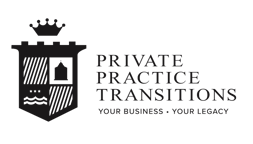
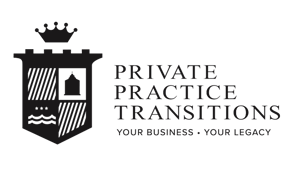









.jpg)





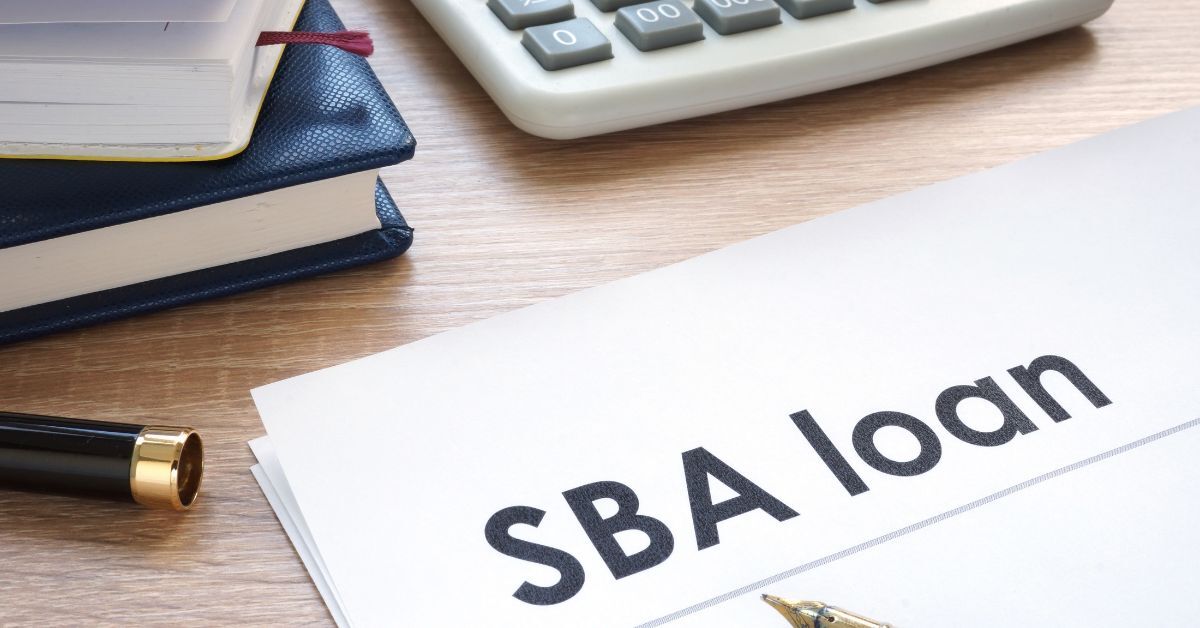




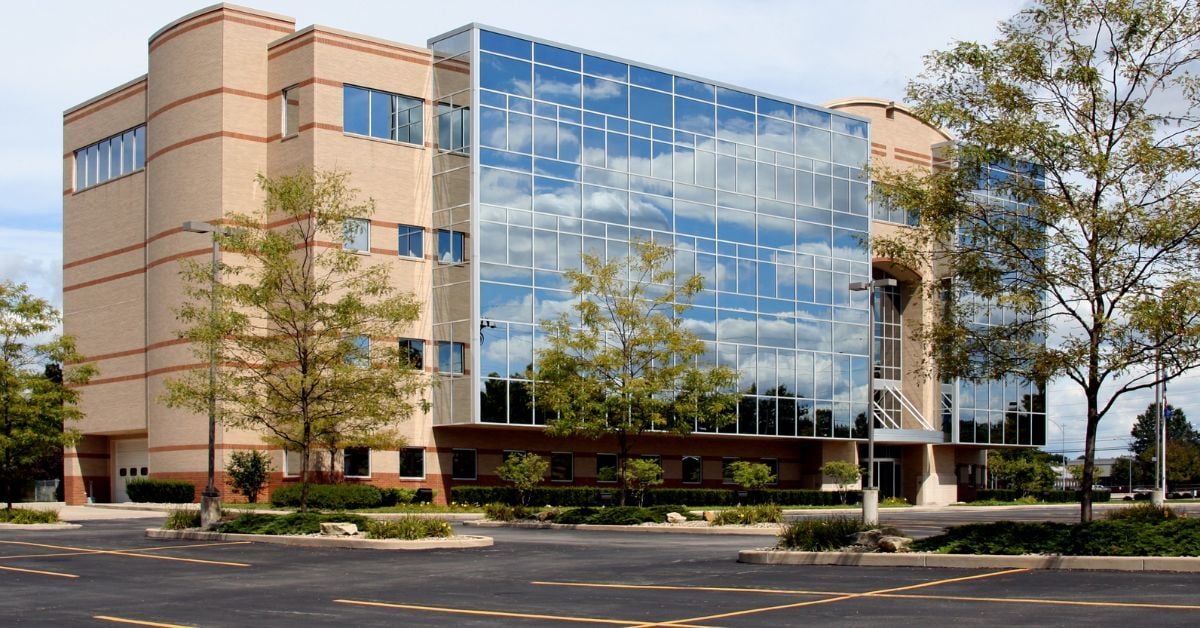
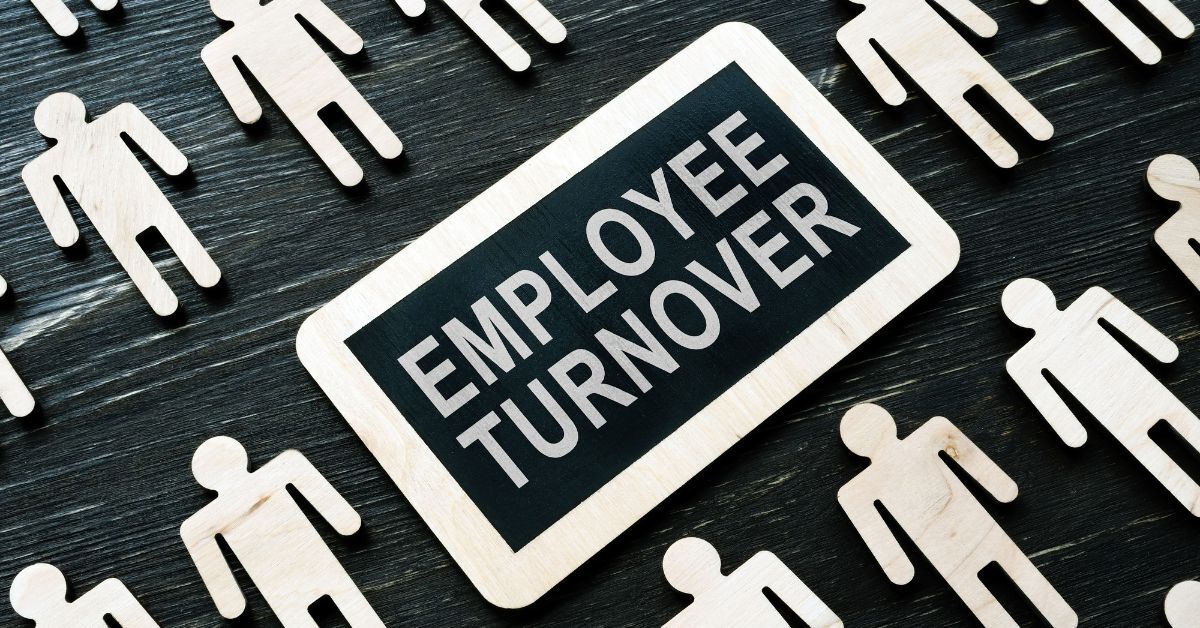



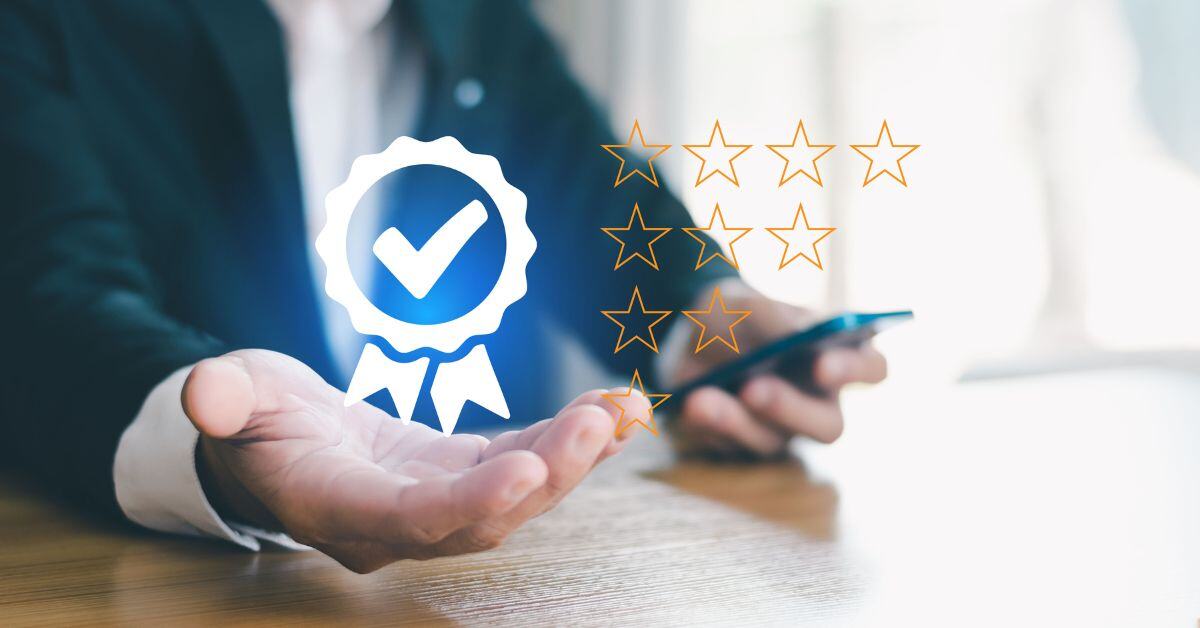
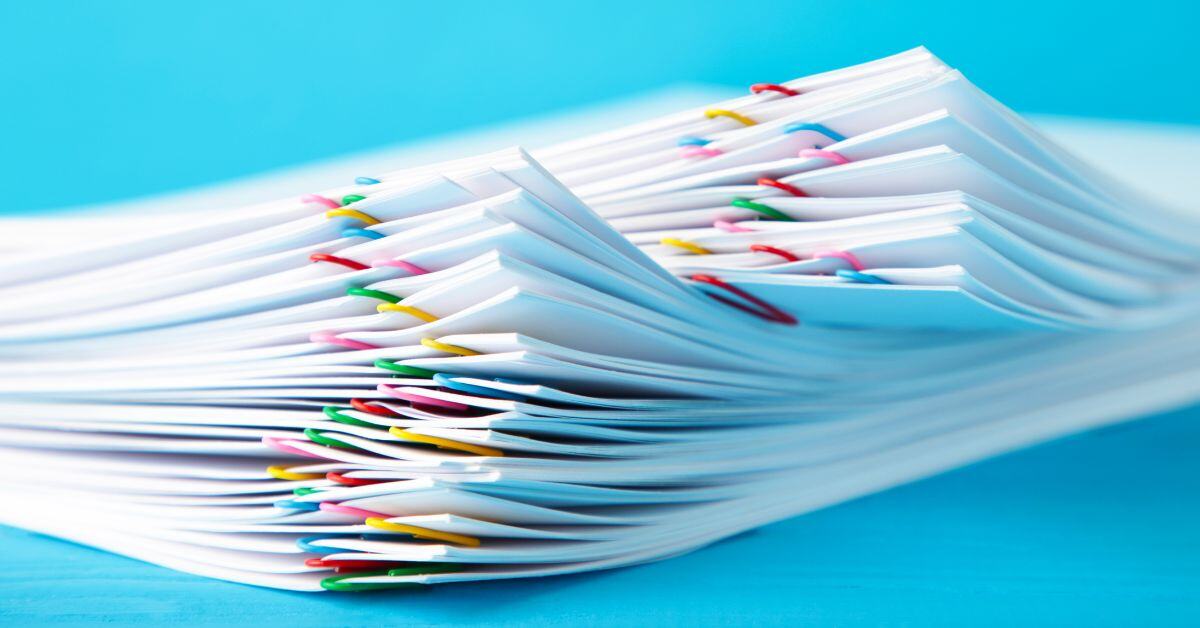




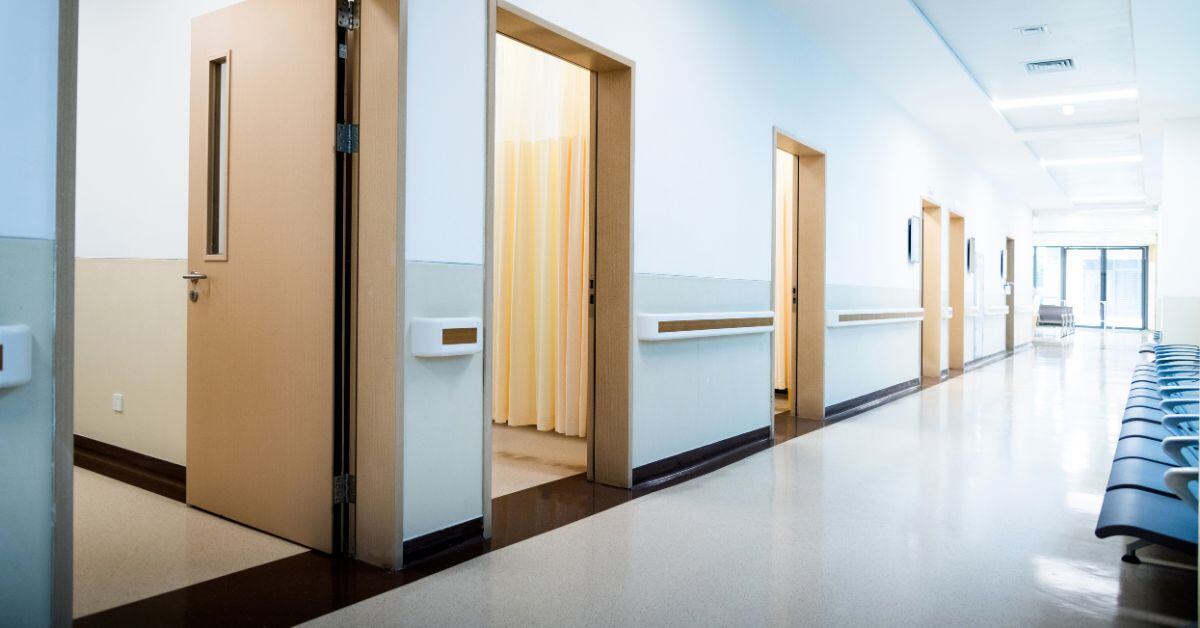


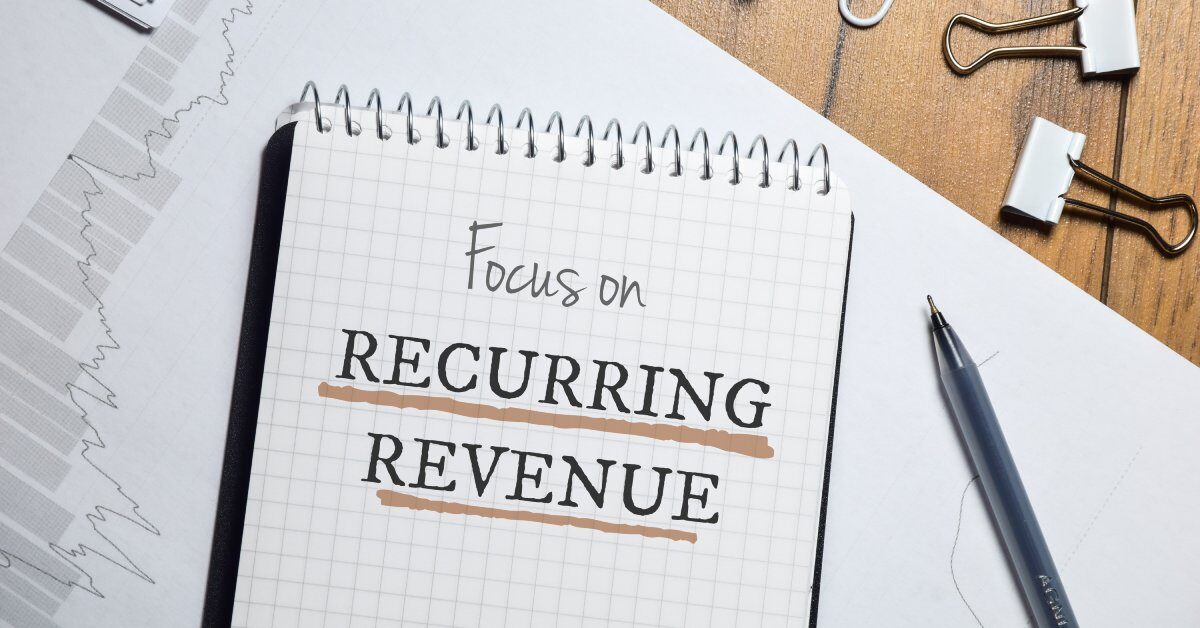


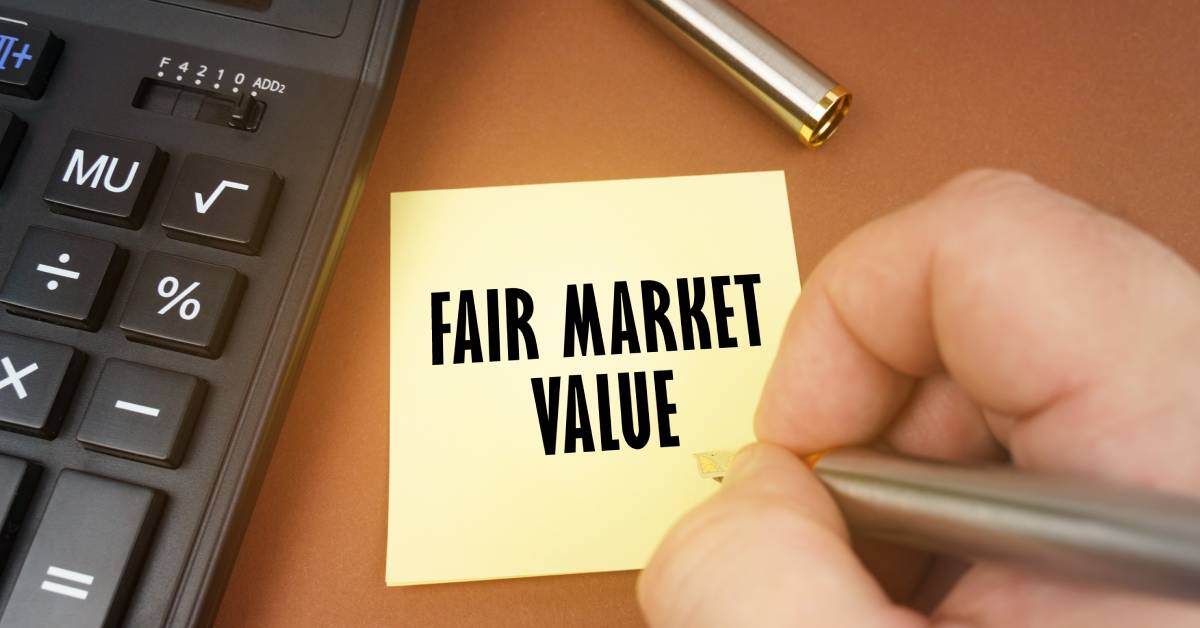



.jpg)
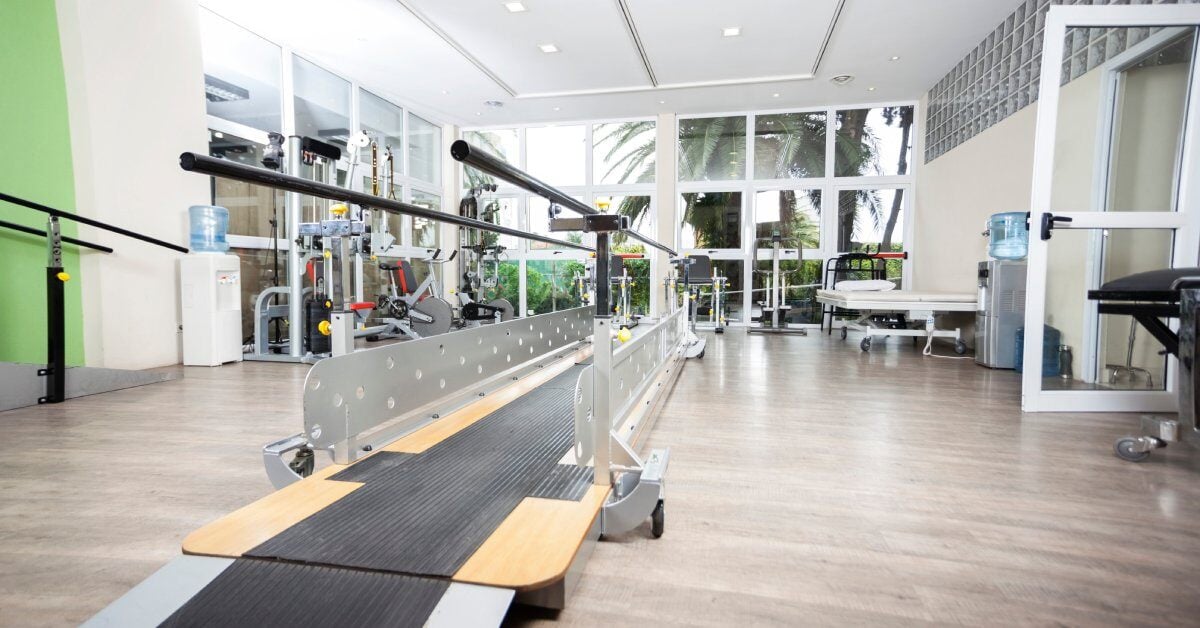



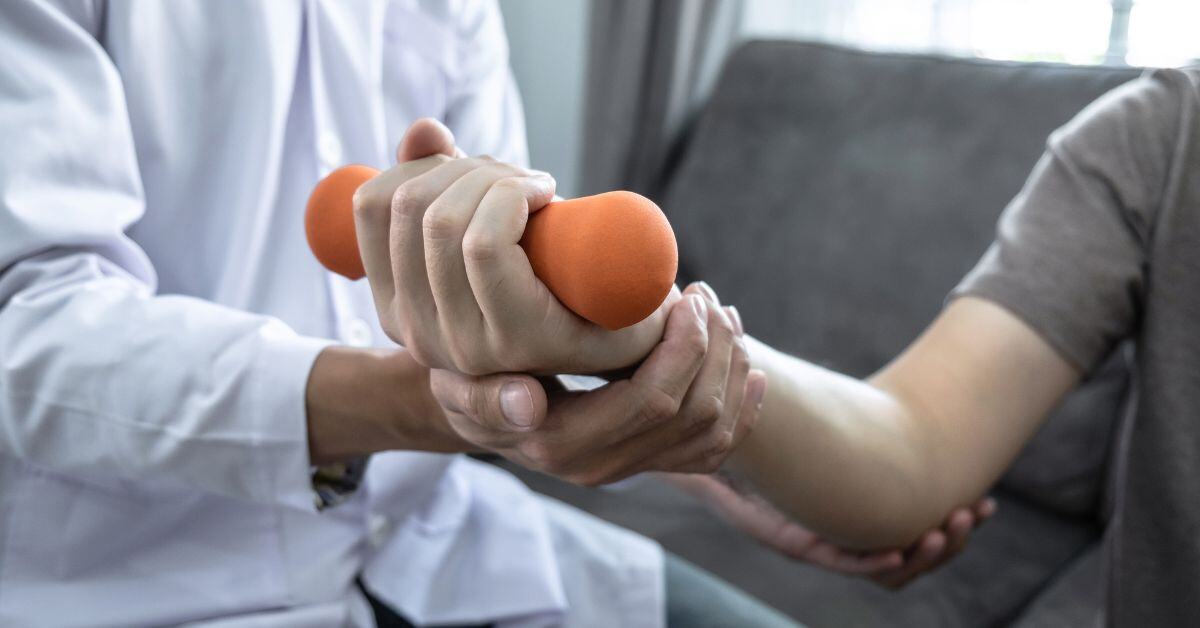
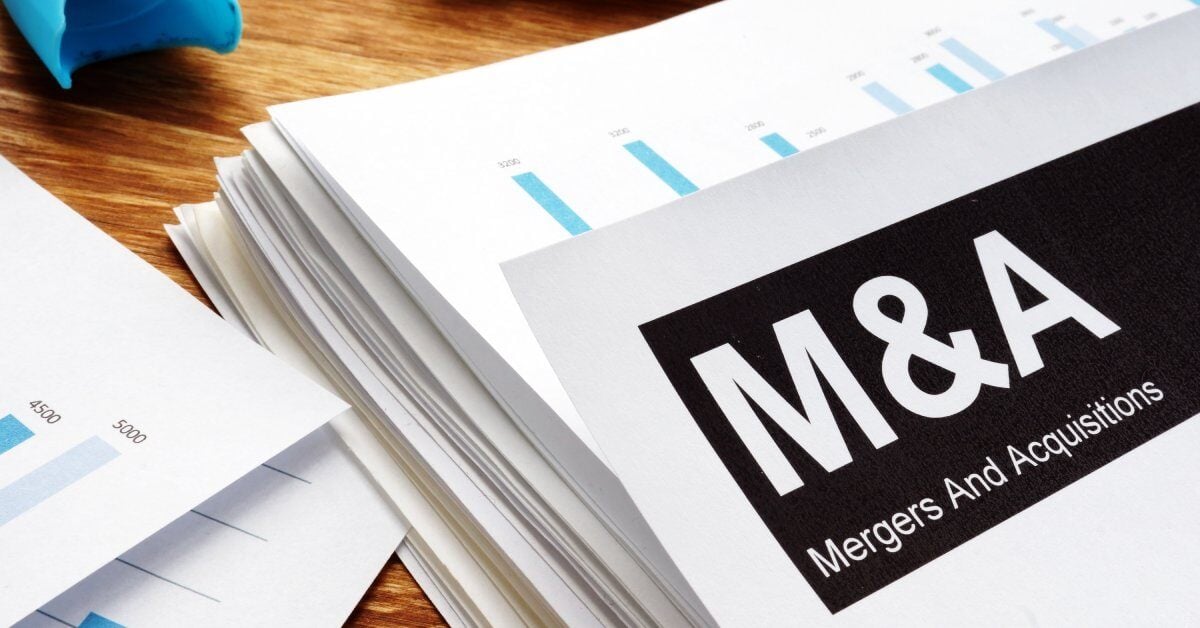

.jpg)
.jpg)
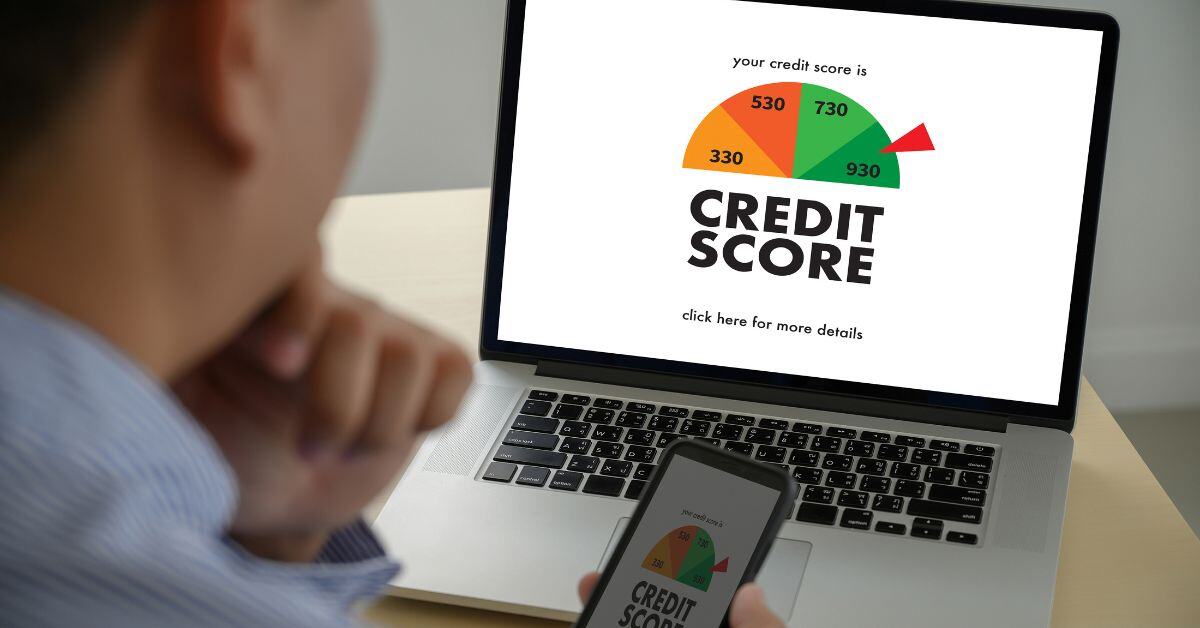


















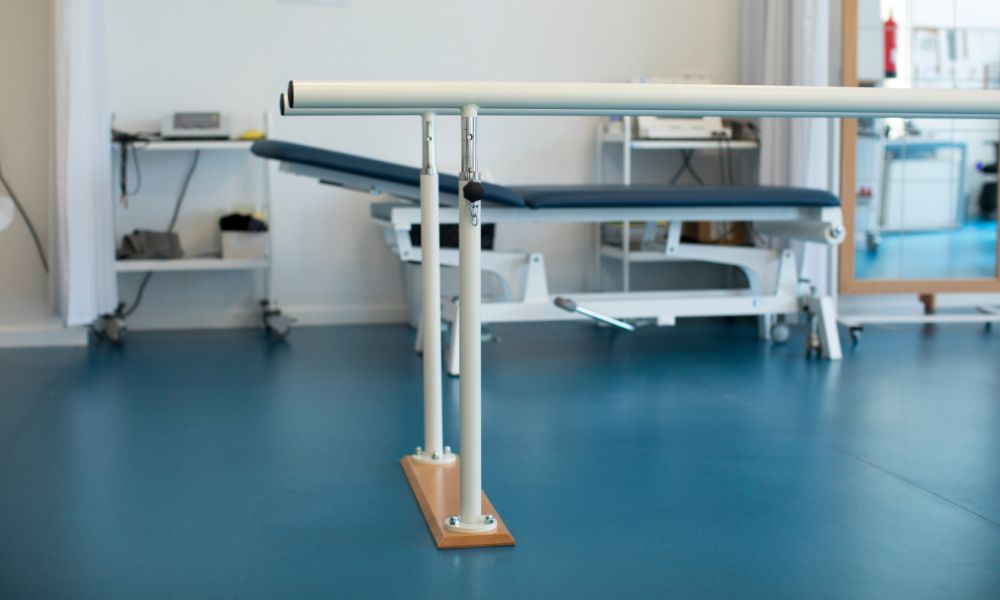










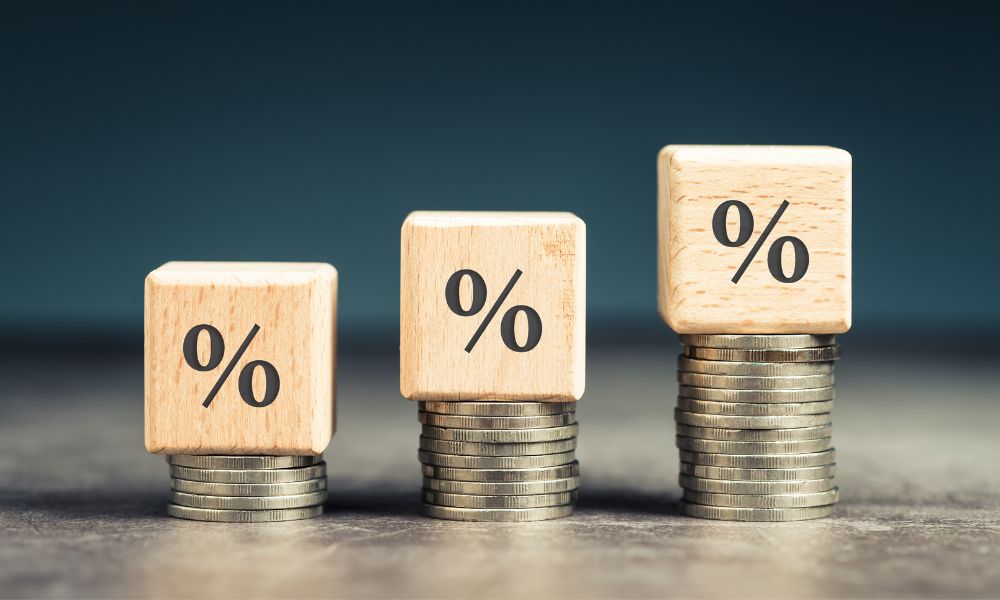

.jpg)
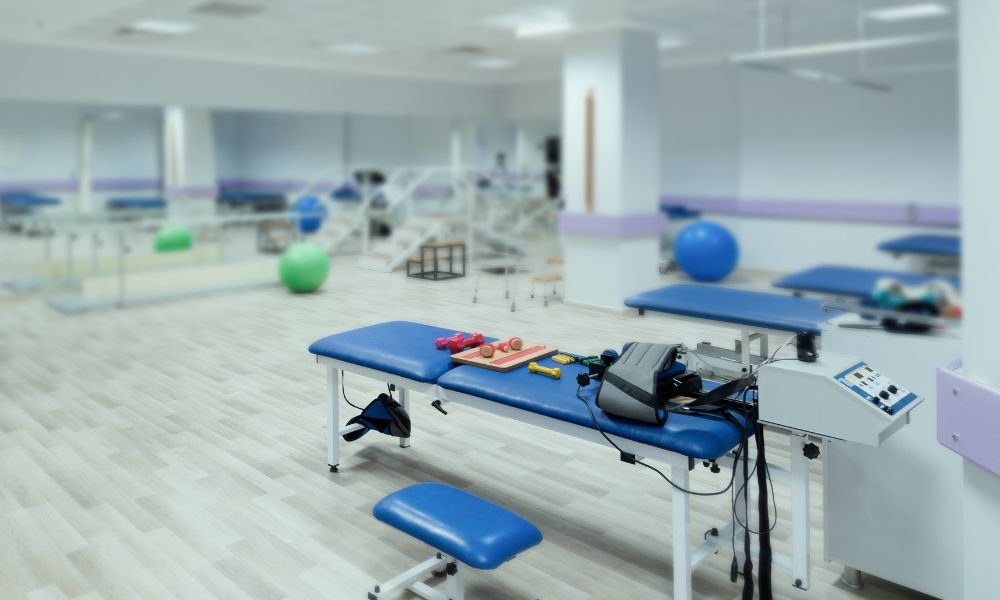


.jpg)
.png)
.png)
.png)
.png)
.png)
.png)
.png)
.png)
.png)
.png)
.png)
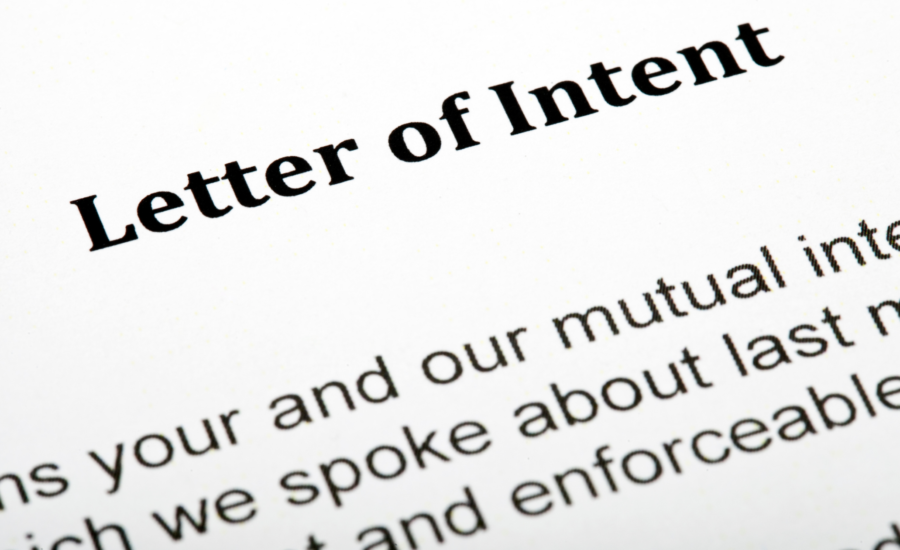
.png)
.png)
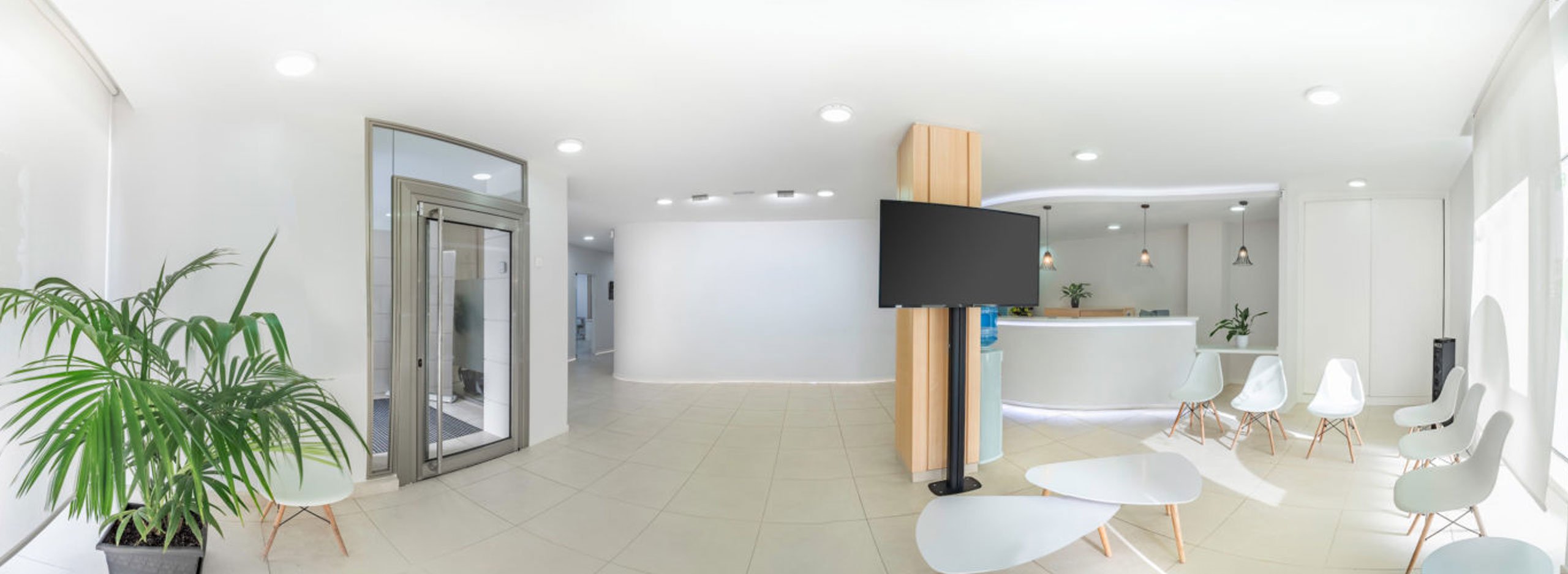
.png)









.png)
.png)
.png)
.png)
.png)
.png)

.png)
.png)
.png)


.png)

.png)
.png)
.png)
.png)
.jpg)
.png)

.png)
